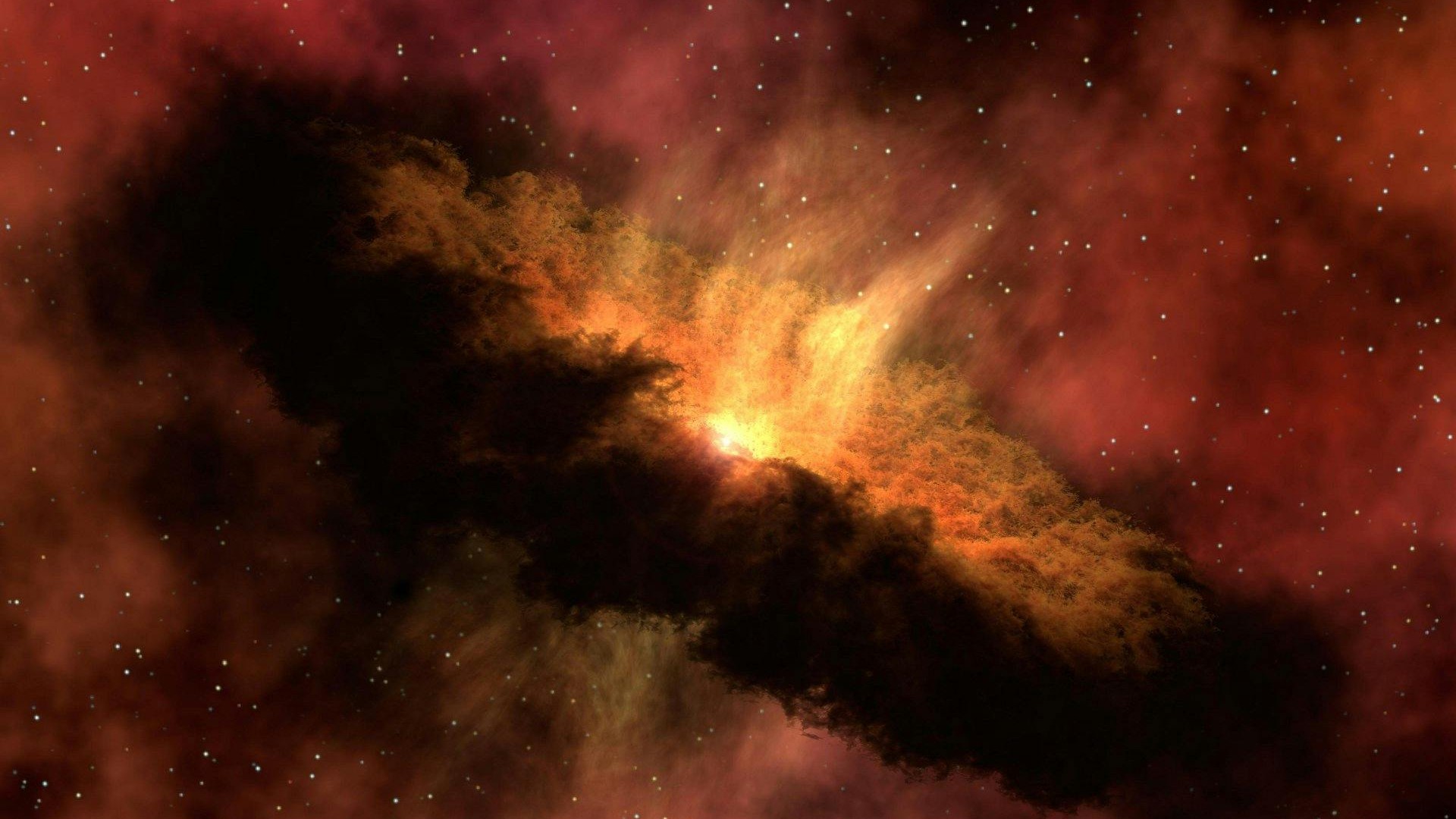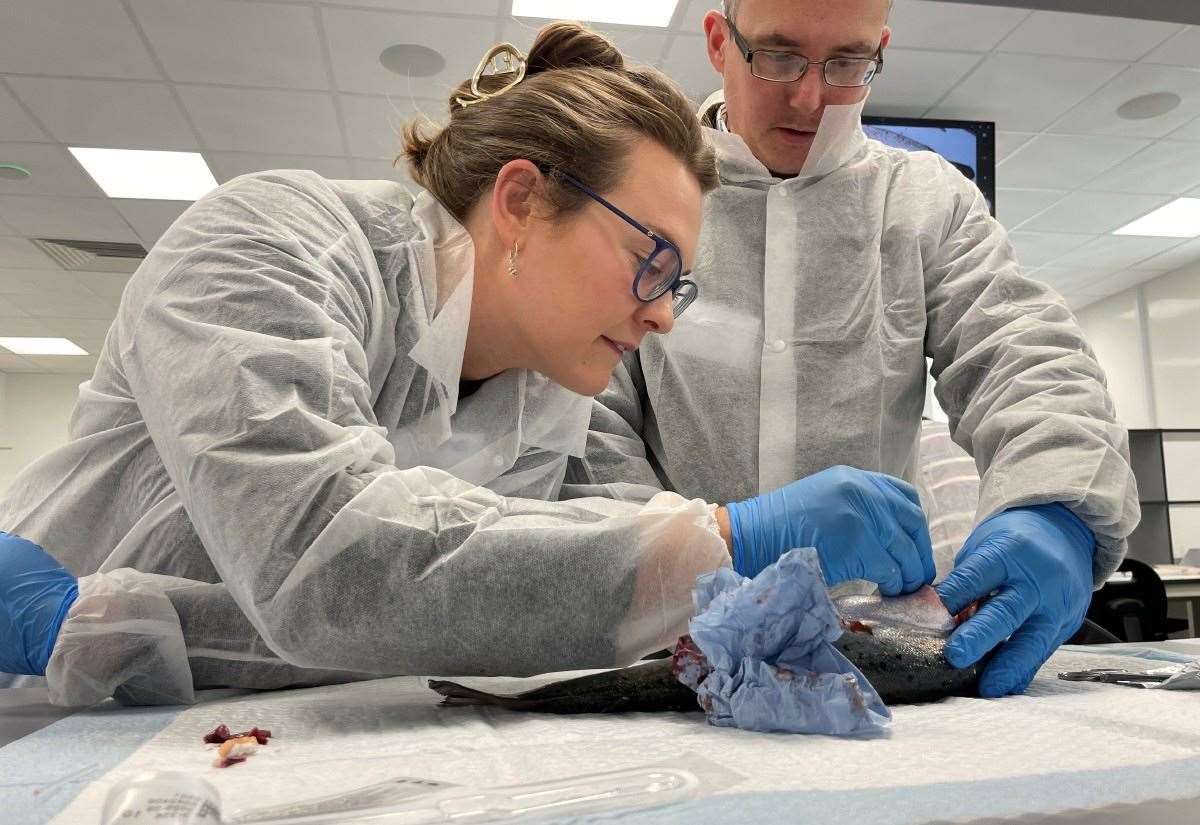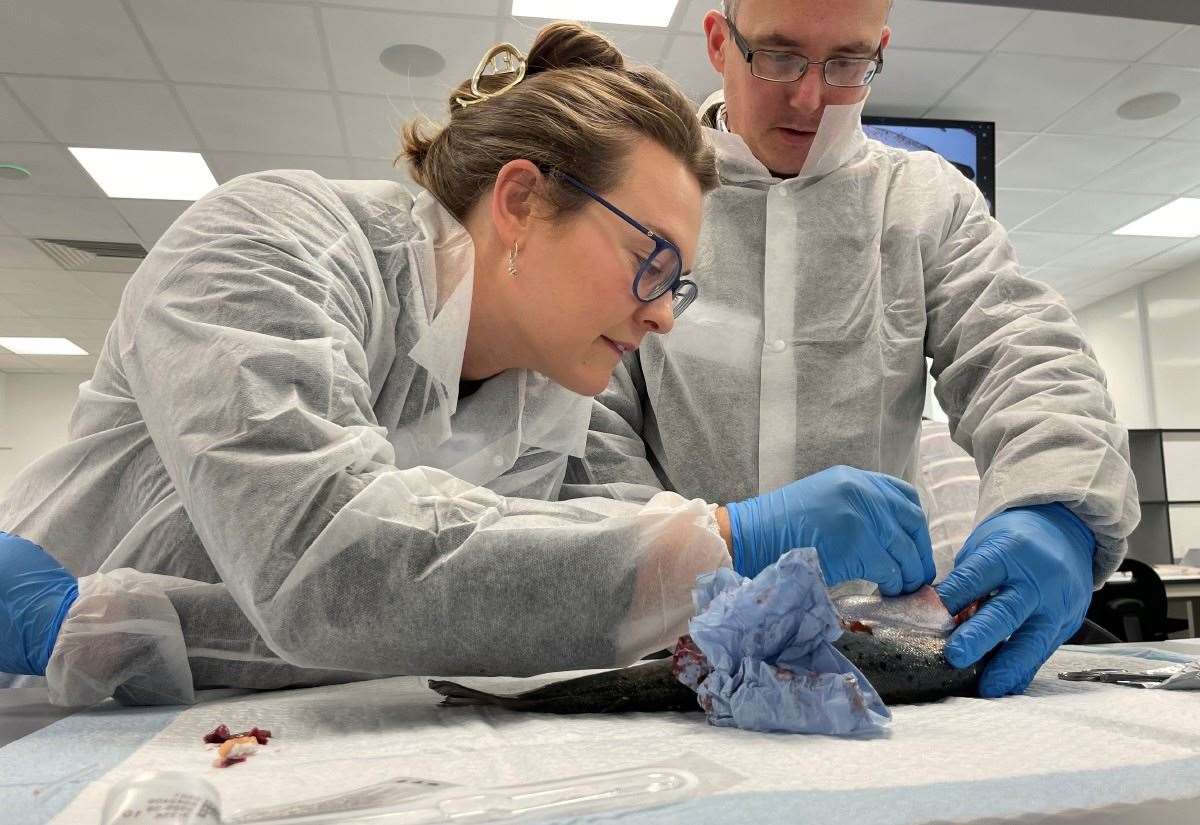Recent research has revealed that the asteroid belt, situated between Mars and Jupiter, is undergoing a significant thinning process. This decline points to a future where Earth may experience an increase in meteorite activity, as the materials lost from the asteroid belt make their way toward our planet. The findings, published in March 2024, challenge long-held perceptions of the asteroid belt as a densely populated region of space.
The asteroid belt, often depicted in popular culture as a crowded expanse of rock and debris, is, in reality, a vast area with a relatively sparse distribution of objects. It formed billions of years ago from remnants that failed to coalesce into a planet, hindered by the immense gravitational pull of Jupiter. Over time, this region has served as both a buffer and a historical record of our solar system’s chaotic formation.
According to research conducted by a team led by NASA, the asteroid belt has been losing mass for millions of years. Only a fraction of its original material remains, as collisions, gravitational interactions with Jupiter, and complex orbital mechanics steadily remove pieces from the belt. The study indicates that this process is not countered by the formation of new asteroids, resulting in a consistent decline in the belt’s population.
Implications for Earth and Beyond
While the thinning of the asteroid belt does not pose an immediate threat to daily life on Earth, it raises interesting questions about the future of meteorite impacts. Over time, fragments that escape the belt may enter Earth’s atmosphere. Although most will disintegrate upon entry, some will reach the surface, contributing to the ongoing narrative of our planet’s evolution.
The gradual decline of the asteroid belt also sheds light on planetary evolution more broadly. Researchers believe that similar processes occur in other solar systems, influencing the formation and development of planets across the galaxy. This dynamic perspective reframes the asteroid belt as an active component of the solar system, rather than a static remnant of its past.
The study’s findings provide critical insights into how solar systems form, age, and evolve over vast timescales. Understanding the gravitational interactions that govern the asteroid belt may help scientists decipher the fates of planetary systems throughout the universe. Gravitational forces, collisions, and orbital decay are likely to dictate the life cycles of countless celestial bodies.
Ongoing Discoveries in Cosmic Evolution
Even as the asteroid belt diminishes, it remains a wellspring of scientific exploration. Observing its transformation allows astronomers to gain a deeper understanding of the mechanisms driving change in our solar system. The concept of time in this context is vastly different from human lifespans; the evolution of the asteroid belt acts as a cosmic clock, highlighting that celestial features once considered immutable are, in fact, in constant flux.
In conclusion, the thinning of the asteroid belt signals a noteworthy shift in our understanding of cosmic dynamics. As Earth prepares for the potential increase in meteorite activity, this research underscores the importance of ongoing observations and studies. The fate of the asteroid belt, much like the solar system itself, remains an unfolding story filled with rich implications for both our planet and the universe at large.







